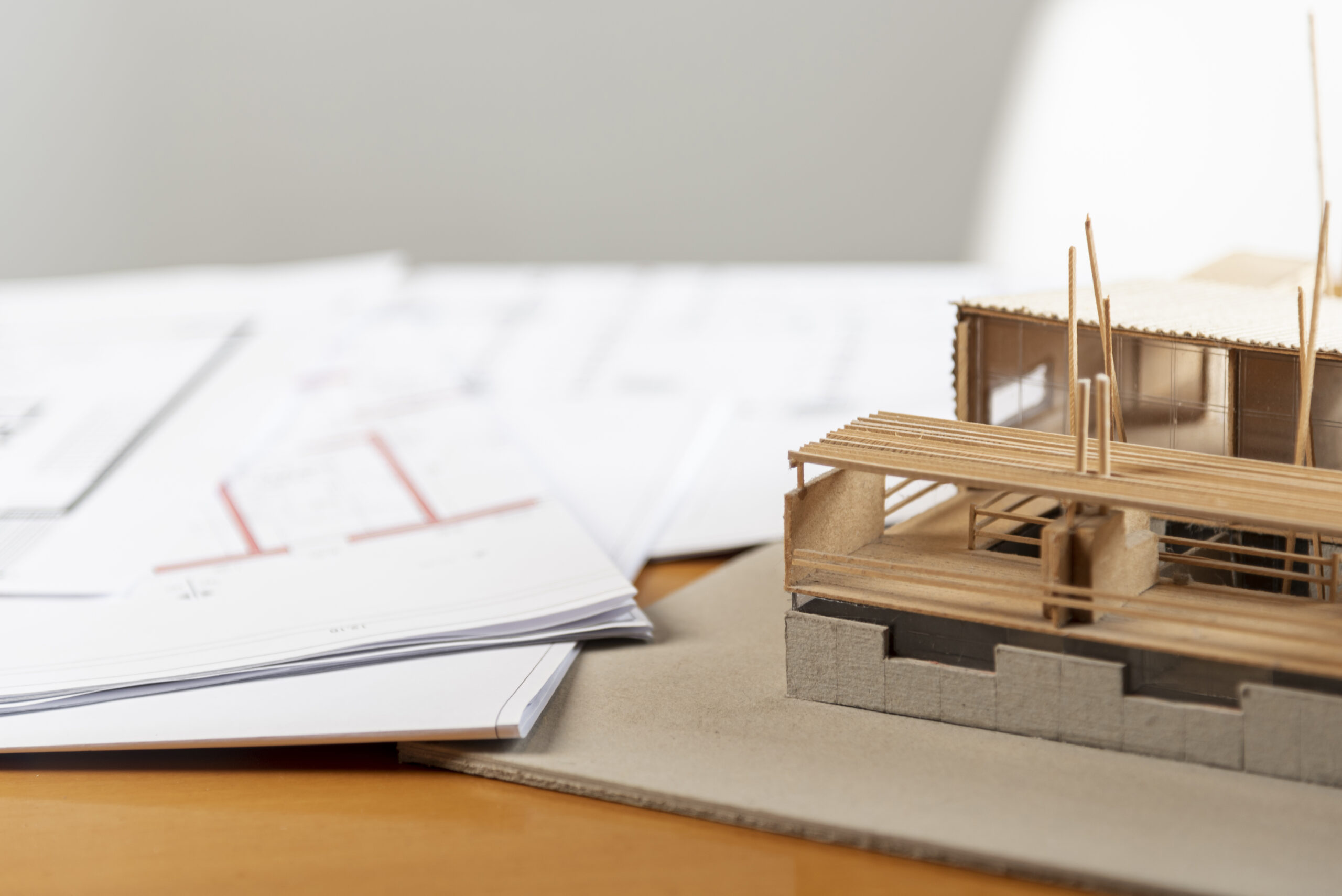U.S. interest rates remain high, and the Federal Reserve hasn’t signaled cuts yet. This standstill is weighing on housing activity. Many builders are waiting for clarity before committing to new projects.
That hesitation flows directly into the lumber market. Mills are producing, but consumption isn’t keeping pace. Overproduction and weak demand are creating pressure on prices, leaving suppliers and shippers in a difficult spot.
In this article, we’ll look at the latest mortgage rate data, how the housing pulse is shaping up, what it means for lumber, and what to watch as the Fed decides its next move.
Mortgage rate picture
The current mortgage rate environment is a key driver of hesitation in the housing market. As of early September 2025, the average 30-year fixed mortgage rate has moved to 6.35%, down from 6.56% in late August. Although this is the lowest rate since last October, it remains well above the lows of just a few years ago.
The story behind the number is more important than the decimal shift. Every percentage point translates into hundreds of dollars in monthly payments, pricing many buyers out and slowing demand. Builders, too, are watching closely. Until the Fed signals cuts, projects are delayed, and the lumber pipeline continues to see weaker pull-through demand.
This sets the stage for the broader housing picture, where both sales and builder confidence tell us how the slowdown is playing out on the ground.
Housing pulse
New home sales trend
New home sales continue to cool. According to the latest data from the U.S. Census Bureau, sales in July 2025 were down 0.6% from June to a seasonally-adjusted annual rate of 652,000 units.
Compared to July 2024, sales were down 8.2% .
This slowdown highlights a key imbalance: supply is available, but elevated mortgage rates are making buyers unwilling or unable to commit. This disconnect keeps inventories climbing, which adds more pressure downstream in the construction and lumber markets.
Builder sentiment
Builders aren’t feeling much optimism either. The NAHB Housing Market Index was flat in September at 32, a number that has lingered below 50 since late 2024.
A reading below 50 indicates more pessimism than optimism. Developers point to the same sticking points: high borrowing costs for buyers, softening demand, and rising input costs. That combination makes it difficult to justify starting new projects.
The takeaway is straightforward: the market is in a holding pattern. Buyers want lower rates, and builders want a clearer demand signal.
Lumber implications
Slower domestic demand and mill utilization
The drag in housing is spilling directly into lumber. With delayed projects, domestic demand has softened.
This has caused the Random Lengths Framing Lumber Composite Price to slip to around $560 per thousand board feet as of September 2025, down from its peak in May. That decline is less about oversupply and more about stalled consumption. Lumber doesn’t clear unless homes are being built, and right now that chain is jammed at the financing stage.
For mills, the situation is difficult. The choice is between cutting production and risking underutilization, or maintaining pace or shouldering inventory costs. Neither option is ideal, which is why utilization rates remain uneven across regions.
Export price parity
The U.S. slowdown has also had an unexpected side effect: it’s creating temporary price windows for exports.
With domestic prices easing, American lumber has become more competitive abroad in select dimensions. This creates opportunities for buyers in markets like Asia and the Middle East, where certain sizes and grades are finding parity opportunities that weren’t there six months ago.
Still, these gains are fragile. Currency shifts, freight rates, and policy changes can quickly erase them. But for now, the U.S. market’s weakness is giving export buyers a small window of relative value.
What to watch next
Fed path and interest rate expectations
The Federal Reserve is the pivot point for everything downstream.
Just this week, the Fed cut its benchmark interest rate by a quarter point for the first time in nearly a year, bringing it to a range of 4.00%–4.25%. While futures markets have been pricing in this move for a while, the actual cut is a significant psychological signal that could ease borrowing costs for builders.
Housing starts and permits
Beyond the Fed’s, housing data is where the real-time story unfolds.
Beyond the Fed’s path, housing data is where the real-time story unfolds. In August, housing starts slumped to 1.307 million units, a notable 8.5% decrease from July.
Similarly, permits slipped to 1.312 million, down 3.7% from the previous month.
These drops reinforce that builders are holding back rather than expanding. When these numbers stabilize or show consistent growth, lumber consumption will follow.
Inventory signals
Another indicator is inventory.
The most recent data shows a new home supply of 9.2 months, well above the 6-month mark that typically signals a balanced market. This excess inventory means less urgency for new projects, which will continue to suppress lumber demand.
Together, these signals, rates, starts, permits, and supply show why the lumber market is stuck in a holding pattern. Until the Fed provides clarity, the industry will remain in this stop-and-wait mode.
Takeaway: housing sensitivity remains high
Lumber’s struggles right now are less about mills and more about money.
As long as interest rates stay elevated, builders will hesitate to launch projects. That hesitation keeps demand soft even while mills are producing more than the market needs.
The key point: lumber does not move in a straight line with interest rates. Short-term dislocations like excess inventory, weak exports, or a sudden pickup in regional demand can push prices away from the broader trend. But the underlying sensitivity to financing costs remains.
For shippers, mills, and builders, the lesson is to watch rates closely but also track inventory and housing starts. Those indicators together paint the truest picture of where demand is headed.
Ultimately, this is a waiting game. The industry is in a holding pattern, and the months ahead will be shaped more by when the Fed’s recent move translates into real, sustained momentum for the housing market.





